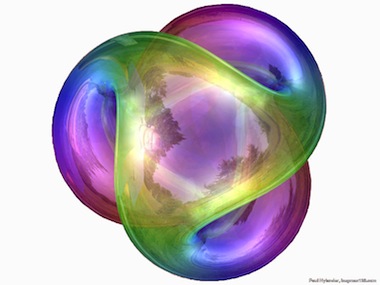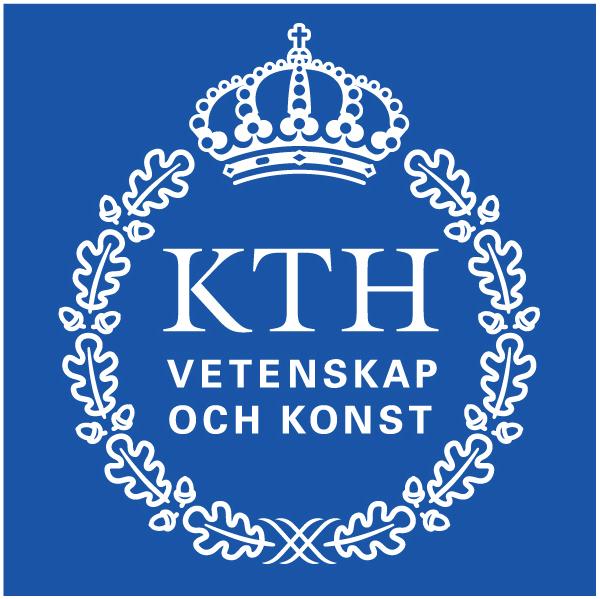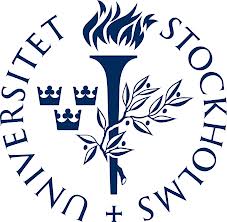Homological algebra is a versatile branch of algebra with applications in algebraic geometry, group theory, differential geometry, and, most notably, algebraic topology, which is why we offer a course combining these two topics. The central notion of homological algebra is the derived functor. Functors are an abstraction of the idea of a function between classes of mathematical objects that also transform maps: for instance, the assignment of the fundamental group to a topological space: any continuous map between spaces induces a group homomorphism between the fundamental groups. Homological algebra is mostly about functors between R-modules for various rings R. These functors can behave nicely (send injections to injections and surjections to surjections, among other conditions), but they do not have to. If they do not, they have one or more higher derived functors. Those derived functors are often computable and contain much information about the original functor.
Algebraic topology is a continuation of the idea of the fundamental group, i.e. of assigning a group (or other simple algebraic object) to a space in order to measure its properties. We will look at the homology groups of a space, which are invariants defined by using the machinery of homological algebra. These groups are easier to compute than the fundamental group but nevertheless powerful invariants. Here are some striking results that are easy to prove with the basic tools of algebraic topology:
- There are always two opposite points on the earth with the exact same temperature and humidity.
- There is always a place on the earth with no wind.
- However messily made, any sandwich with bread, cheese, and tomato can be cut by a straight cut into two halves with the exact same amount of bread, cheese, and tomato in each half.


